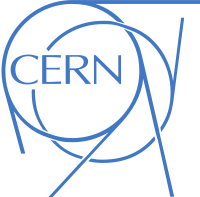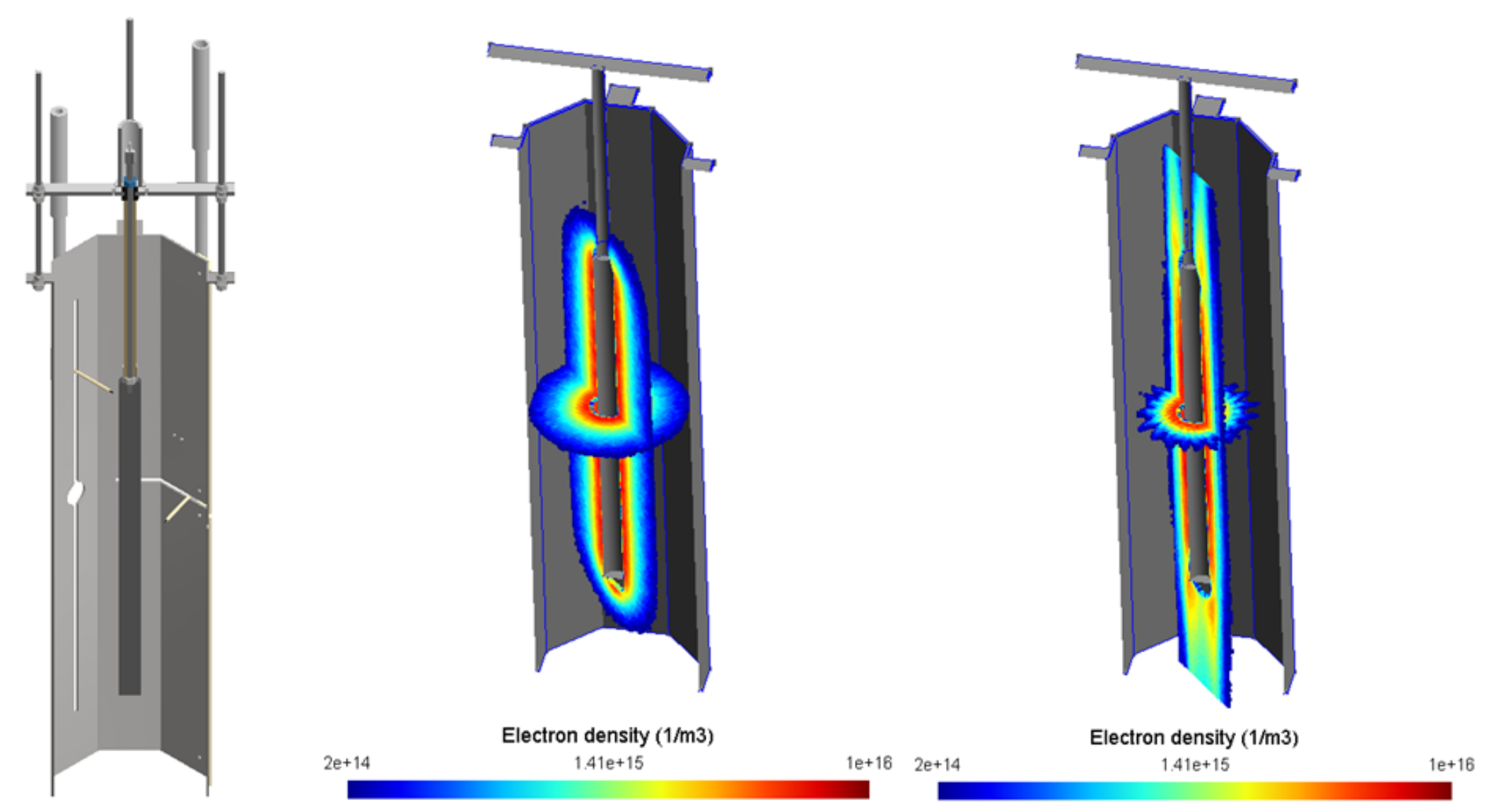
In the context of plasma based sputtering processes, a joint project is developed between the SPC and the TE/VSC/SCC (Surfaces, Chemistry and Coatings) section at CERN. We investigate cold plasma discharges experimentally and with numerical simulations to advance the understanding of plasma physics with the goal of improving the quality the coatings. Applications encompass superconducting thin film of niobium on copper substrate for accelerating cavities, Non-Evaporable Getters (TiZrV) for vacuum applications, amorphous carbon for secondary electron yield reduction.
Benchmarking of the simulation code (Fraunhofer Institute of Braunschweig) is done by comparing numerical plasma parameters with experimental data collected on a versatile test bench dedicated to plasma studies. This system can operate with and without magnetic field provided by an external solenoid (magnetron or diode modes). Several plasma diagnostics are implemented such as Langmuir probes, retarding field energy analyser, OES and high speed imaging, current and voltage probes.
Simulations of real coating assemblies are done to better understand the plasma behaviour, to predict the sputtering and film thickness profiles on object of various geometries such as superconducting radiofrequency accelerating cavities.

From left to right: CAD view of the experimental system (with rotary and translation Langmuir probes); simulated electron densities in diode (middle) and magnetron (right) for 10 Watts discharges at 0.3 mbar and 0.03 mbar.